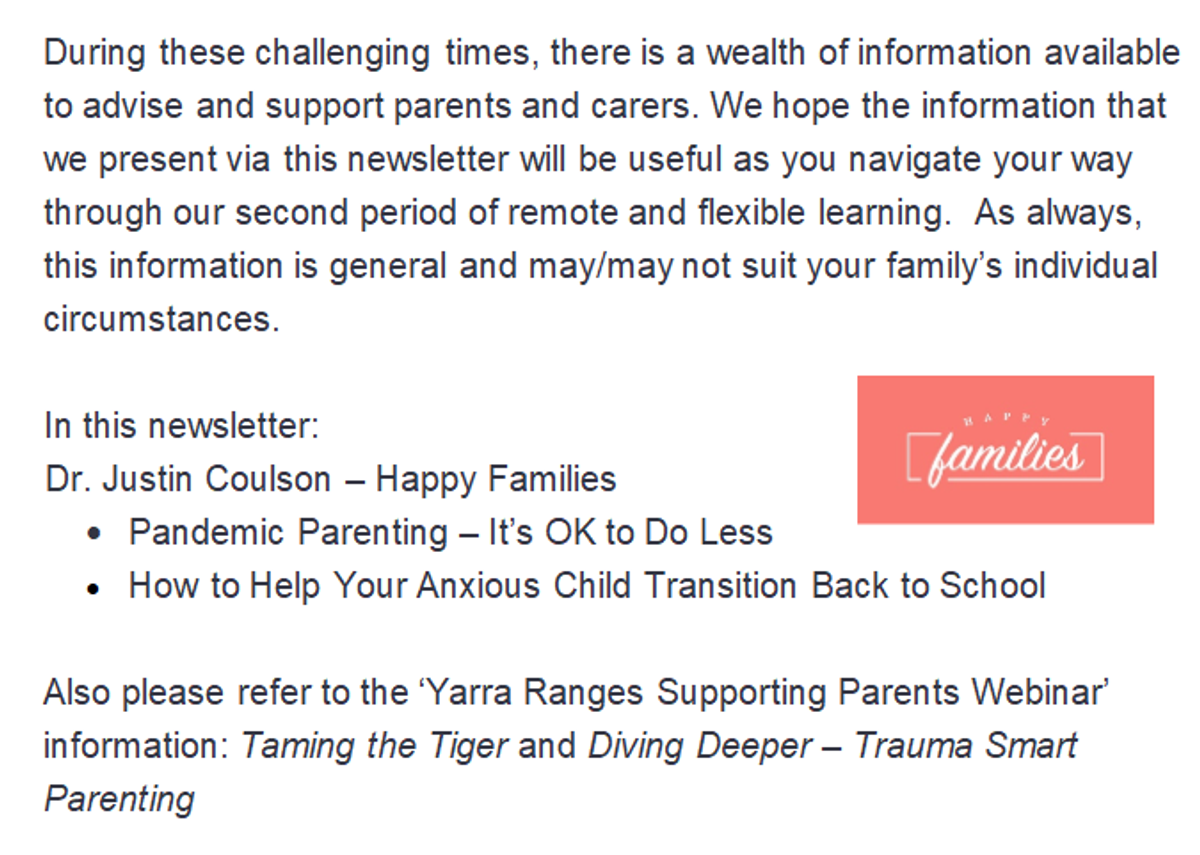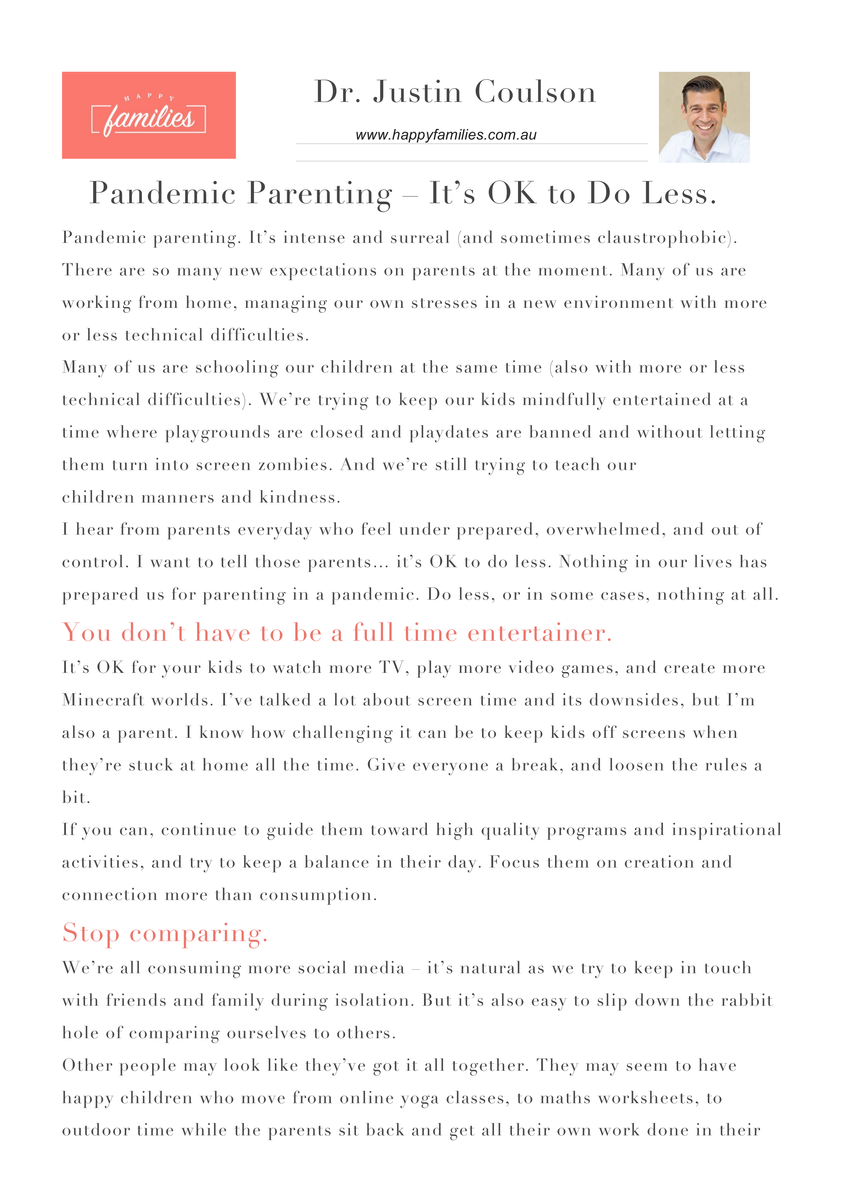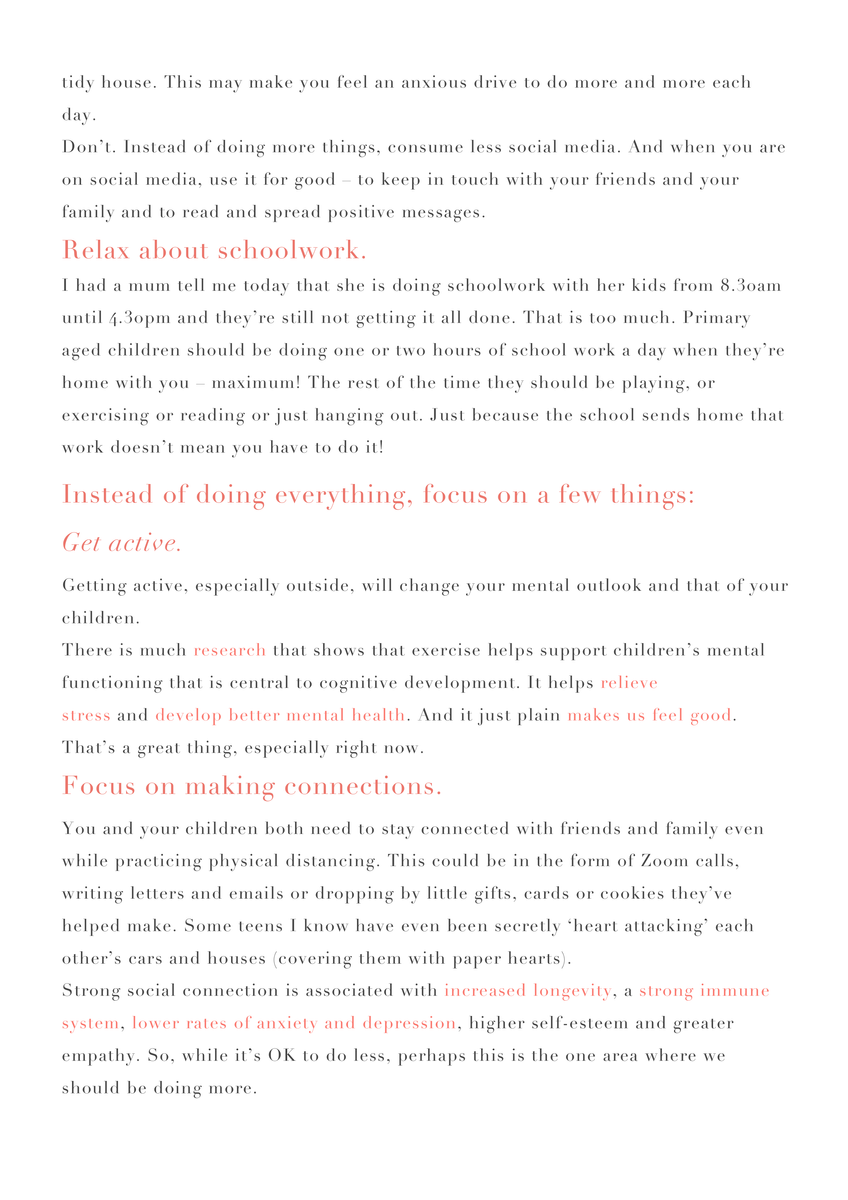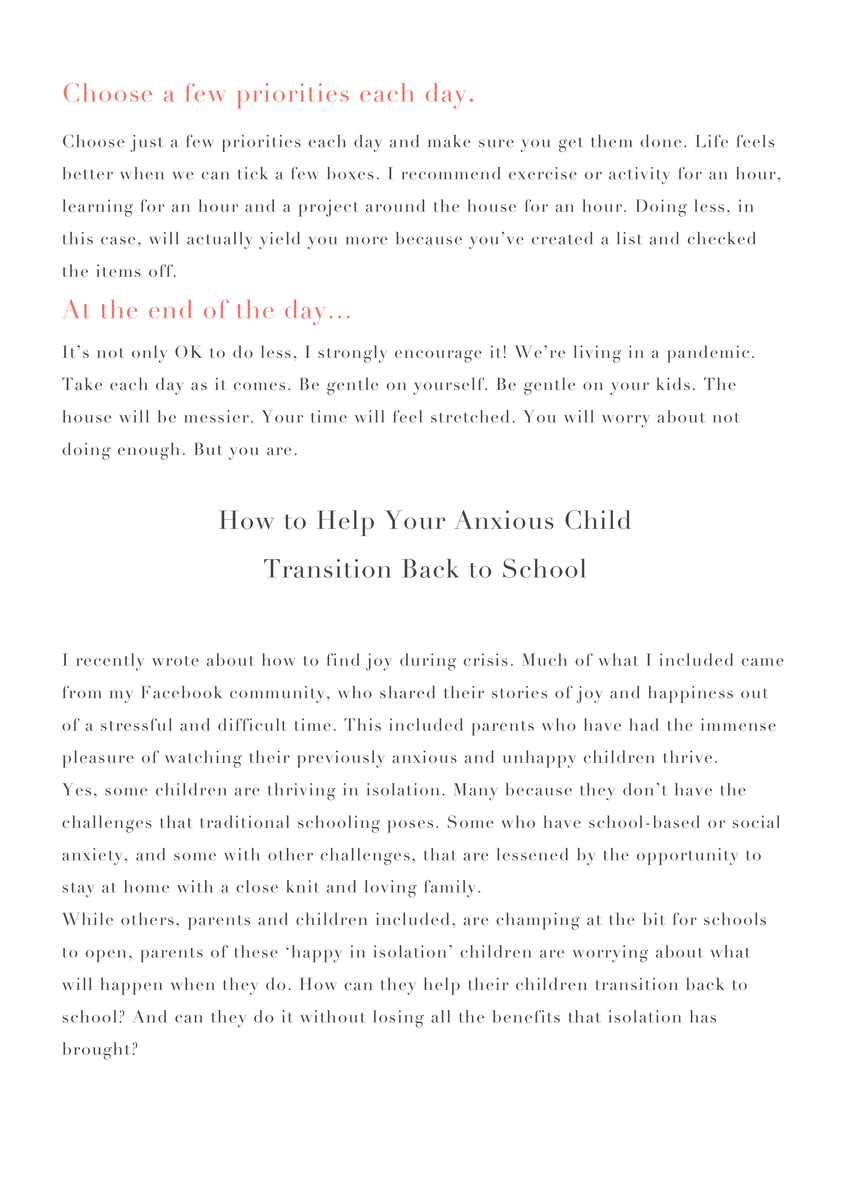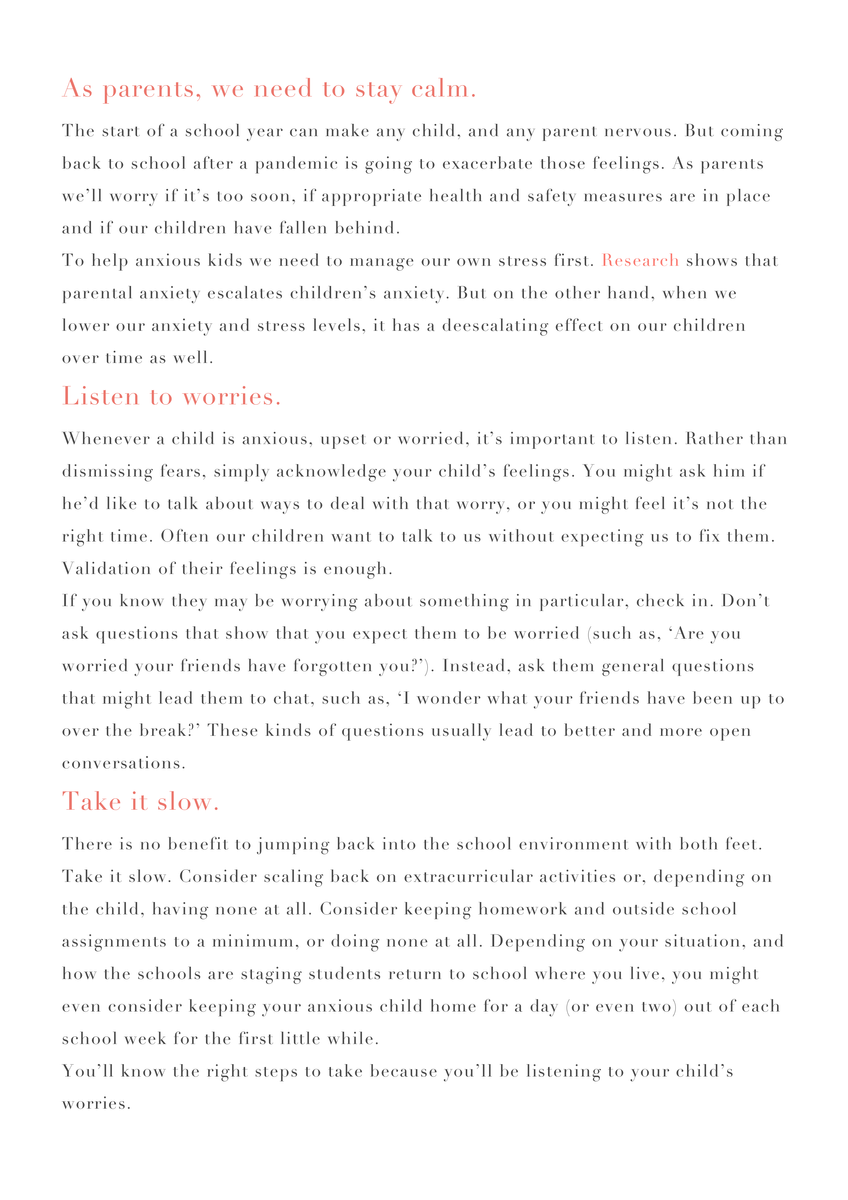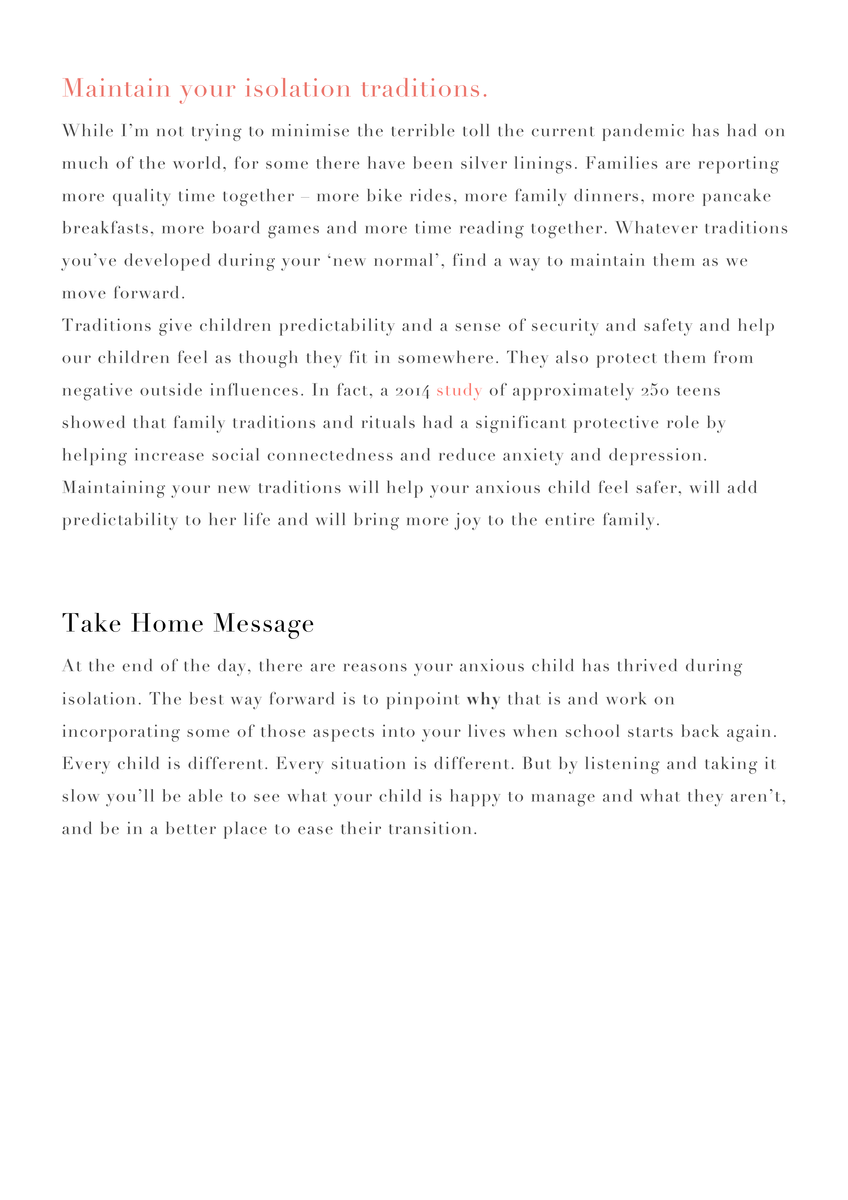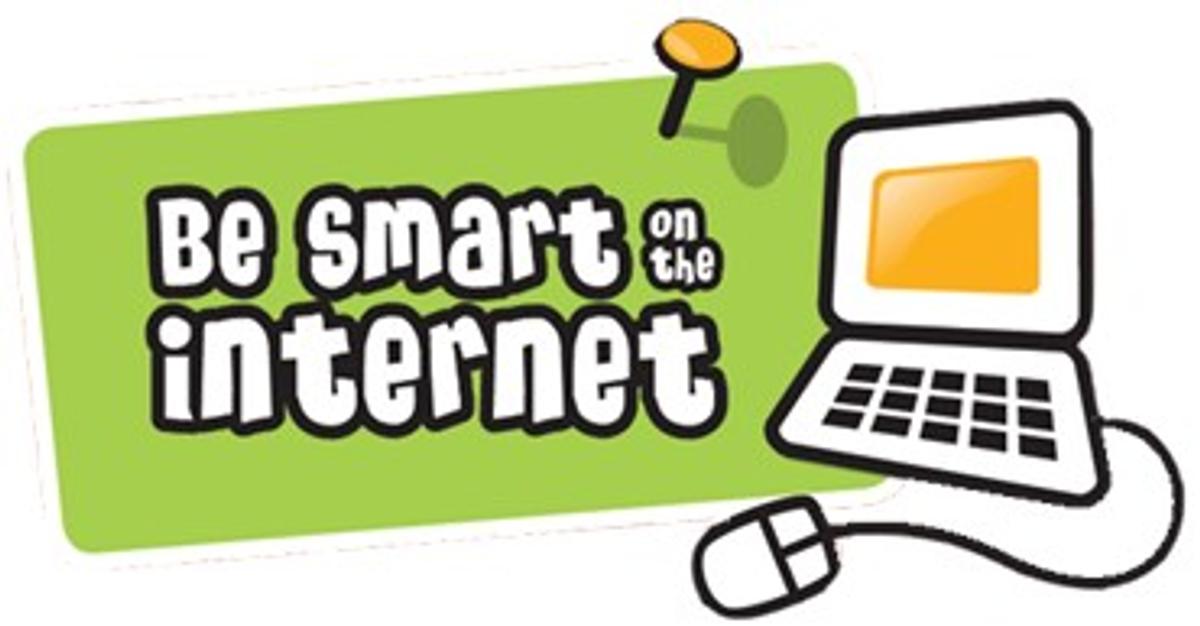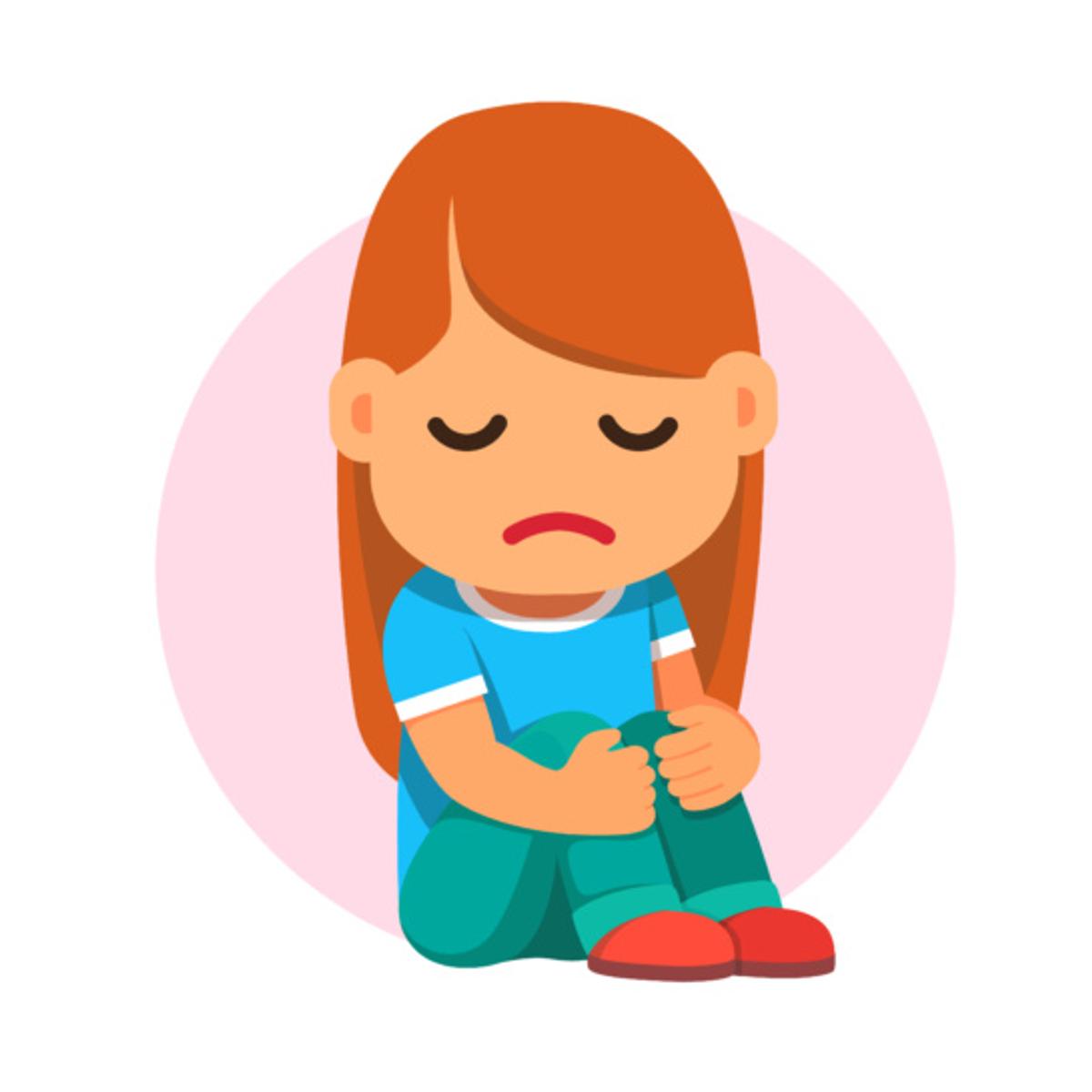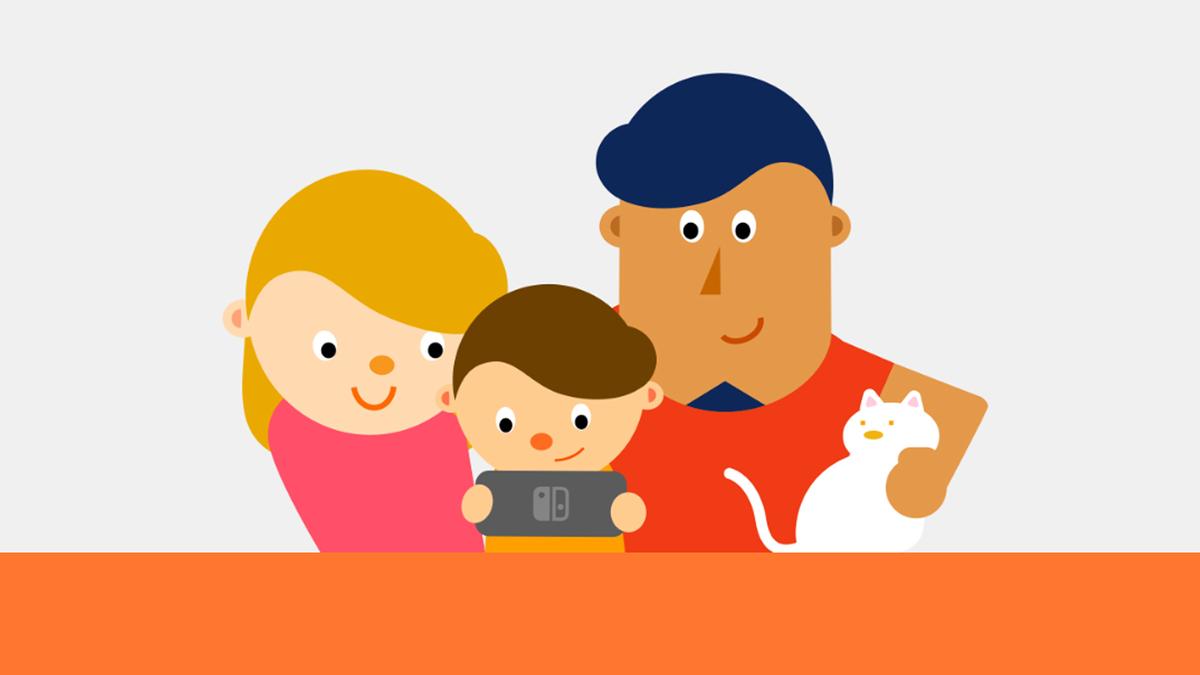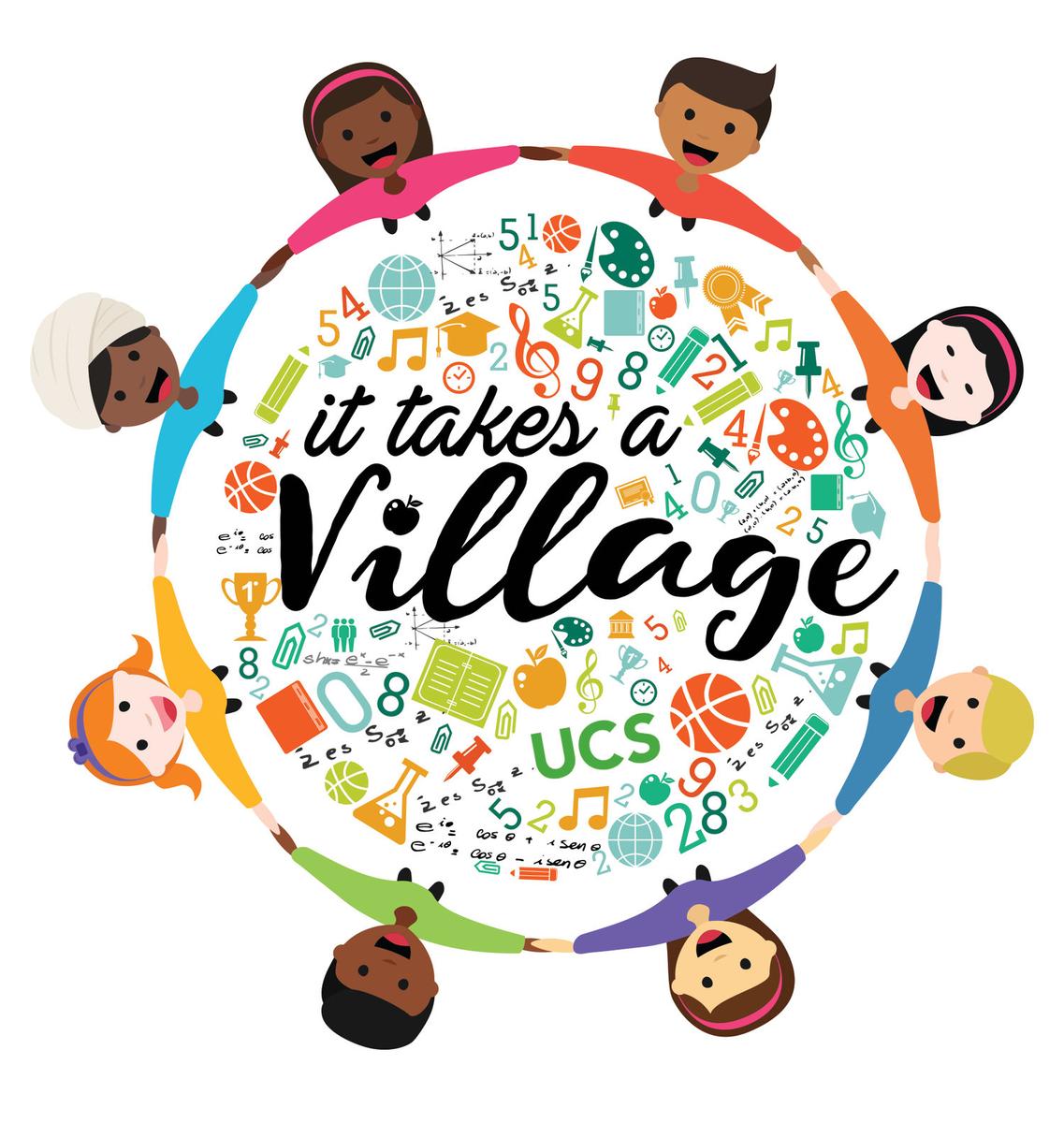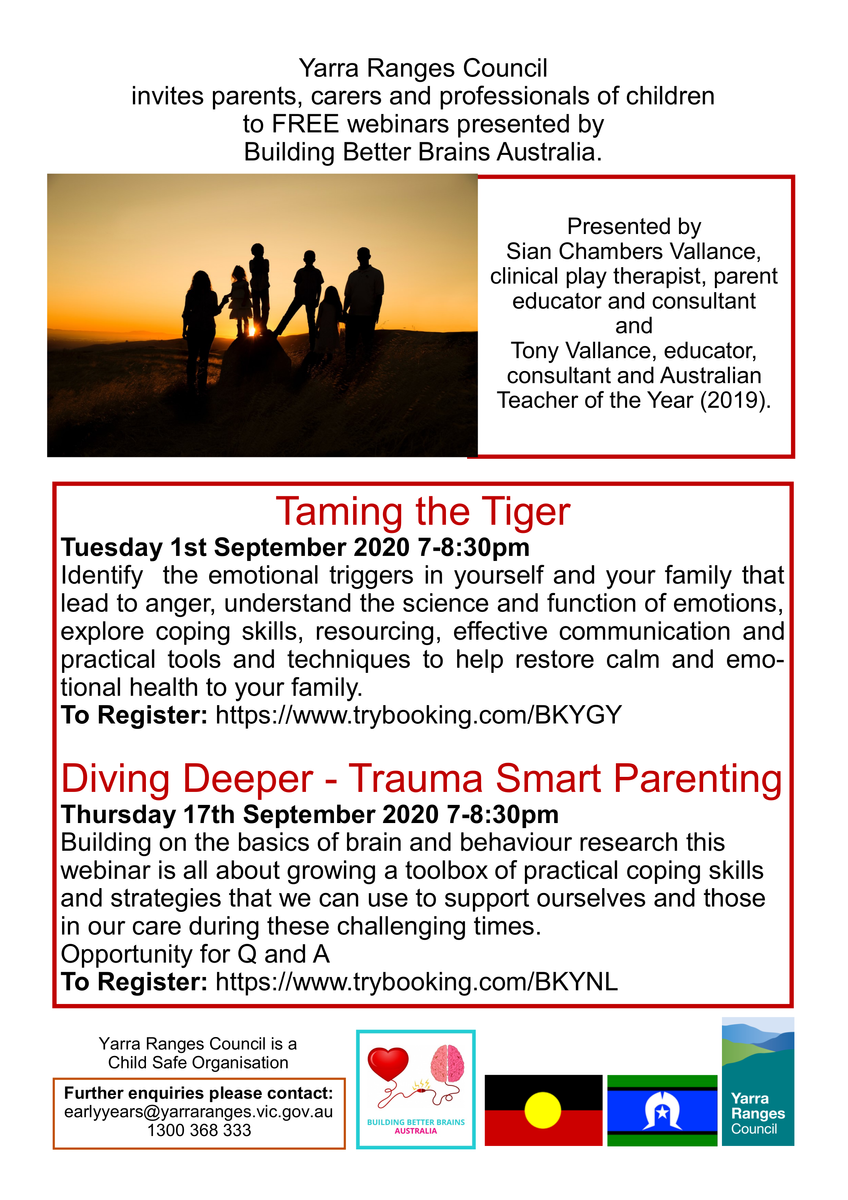Wellbeing
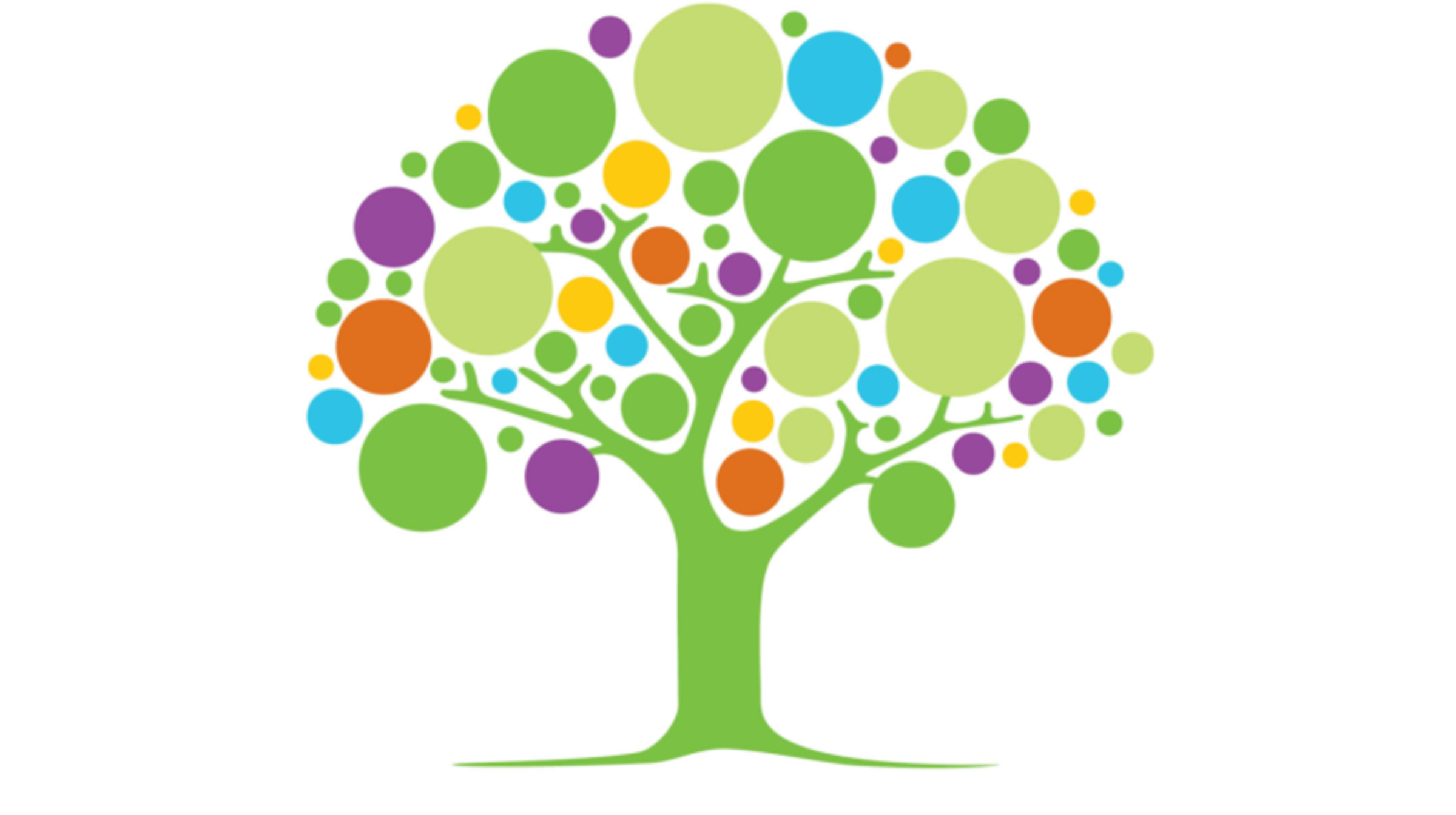
eSafety for our young people
Recently I attended some interesting and informative training conducted by the eSafety Commission via webinar.
With the increased use of the internet during COVID-19 there’s been a 40% increase in reports to the eSafety Commission. One example is bullying through gaming – 17% of children have made a report in the past twelve months. One in five decided to retaliate which caused an escalation to the issue.
Building the personal and social capability in 5-11 year old children assists to reduce anti-social behaviour. Depending upon where a child is at emotionally will influence their emotional response to online content and how they respond to it.
Some indicators that a student is being impacted by something they’ve seen online are:
- Showing signs of anxiety
- Behaviour changes – withdrawing or acting out the aggression or violence seen
- Peer conflict
- Carrying anger
- Overuse – repeated viewing of aggressive or violent content.
Some interesting statistics are:
- 33% of 8-17 y.o. have been contacted by strangers online
- Some evidence suggests that 1 in 10 children are being sexually solicited online
- Last financial year the eSafety Commission conducted 11,210 investigations into grooming, sexual solicitation, child sexual exploitation – an increase of 56%
- During lock down there’s been a 40% increase in contacts to Kidshelpline and headspace.
The eSafety Commission’s top tips for parents to assist in protecting their children online include:
- Using parental controls in apps and on devices to monitor and limit what your child does online
- Setting time limits for using devices during non-school hours
- Keeping your child in open areas of the home when using their devices
- Turning on or reviewing privacy settings to restrict who contacts your child in apps and games
- Keeping engaged through co-view and co-play by joining in with your child’s online activities.
The biggest issue is that children are not sufficiently supervised in their online use.
What else is being done to reduce the impact?
- Legislation response
- Technical response – during the past 12 months, in response to pressure from the eSafety Commission, media services have improved the time it takes them to remove inappropriate content – usually within 24 hrs rather than 48 hrs or more
- Behavioural/education response.
Assist your child to map their wellbeing network so that they know who they can turn to when they have an online issue:
- Personal – Family members; Close friends
- External – Kidshelpline phone: 1800 55 1800 or email: counsellor@kidshelpline.com.au
- School – Trusted teacher; Wellbeing Coordinator; Chaplain; Vice Principal; Principal.
Ensure your child knows what online help is available. The eSafety Commission website has numerous resources for parents and children at https://www.esafety.gov.au/
eSafety parents:
- COVID-19 response – an online safety kit for parents and carers practising social distancing: It covers: The big issues; Children under 5; Sexting and sending nudes; Skills and advice; Cyberbullying
- Encouraging a whole school approach to eSafety
- Join one of eSafety webinars for parents and carers. They’re free
- Online safety for under 5s booklet – managing screen time and setting age-appropriate boundaries.
Kidshelpine has counsellors available 24/7 on the phone 1800 55 1800 or by email at counsellor@kidshelpline.com.au. Web counselling is also an option.
Parentline is a free counselling service for parents on 13 22 89.
Think U Know – this AFP website has more information about reporting grooming – https://www.thinkuknow.org.au/
There’s a saying, ‘It takes a village to raise a child.’
However, it’s clear that these days takes a whole community working together to keep a child safe online.
Anne Lawry
Chaplain

